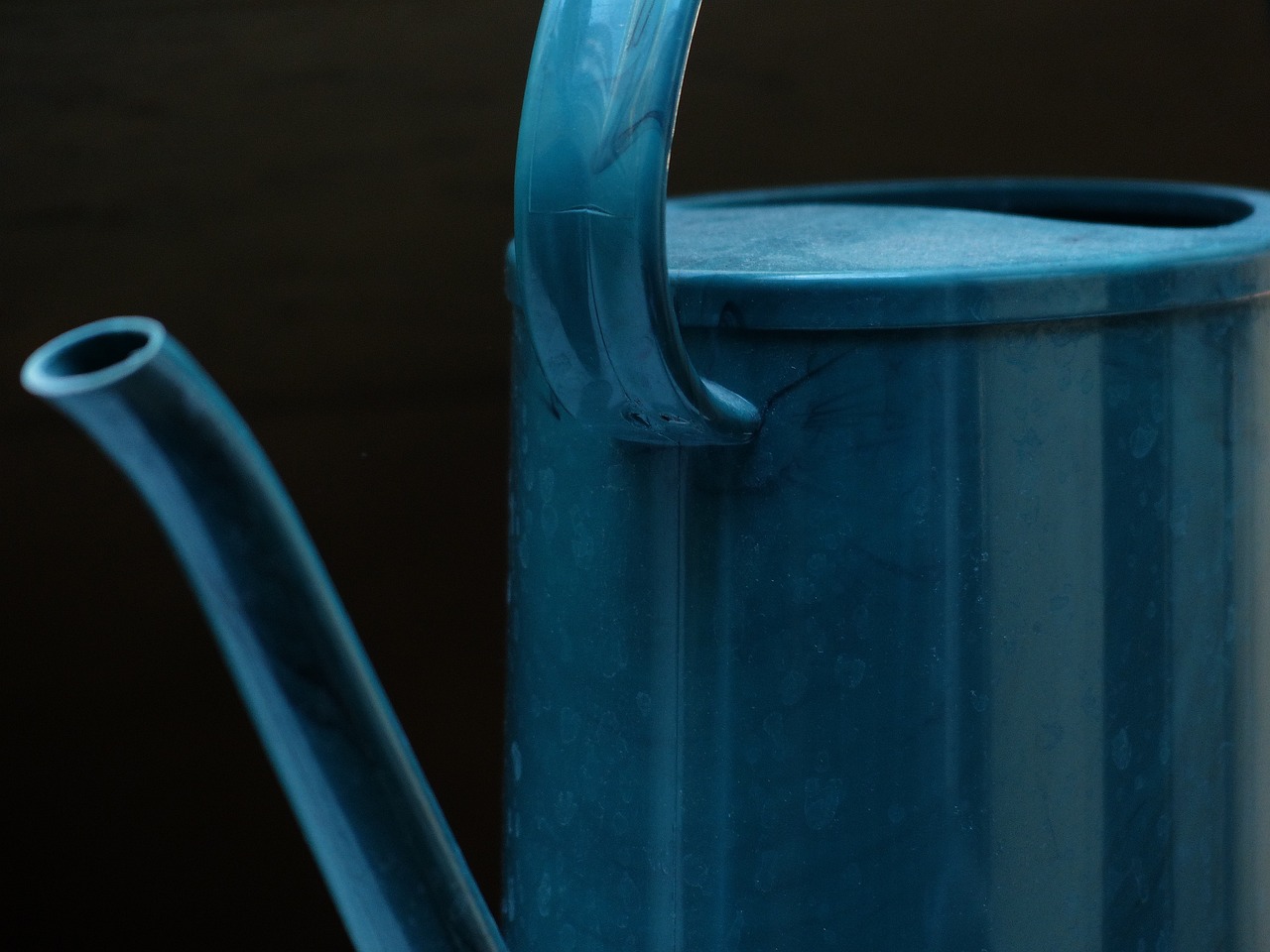Watering is one of the most crucial aspects of houseplant care, yet it’s also where many plant owners struggle. Overwatering, underwatering, and poor watering habits can lead to a host of problems for your beloved greenery, including root rot, wilting, or stunted growth. So how can you get it just right? The key is understanding each plant’s unique watering needs and learning how to adjust your habits accordingly.
In this guide, we’ll walk you through everything you need to know about your houseplant’s watering needs, from basic principles to specific tips for different plant types. Let’s dive in!
1. Why Understanding Watering is So Important
Water is essential for plants to perform photosynthesis, the process by which they create food. It also helps with nutrient uptake from the soil and supports overall cellular health. However, not all plants require the same amount of water, and getting it wrong can have dire consequences.
For example:
- Overwatering can lead to root rot and deprives roots of oxygen, suffocating them.
- Underwatering causes dehydration, leading to dry, crispy leaves, wilting, or stunted growth.
- Inconsistent watering can shock the plant, making it more vulnerable to pests or disease.
Proper watering ensures that your plant gets the right amount of moisture, promotes healthy root growth, and contributes to strong foliage and blooms.
2. How to Determine Your Plant’s Watering Needs
Understanding the factors that affect a plant’s watering needs is the first step to keeping it healthy. Here are key considerations:
A. Light
The amount of light a plant receives directly impacts its water requirements. Plants that get more light tend to use up water more quickly, while those in lower light conditions require less frequent watering.
- Bright light: Plants in bright, direct light need to be watered more often.
- Low light: Plants in low-light conditions tend to stay damp longer and should be watered less frequently.

B. Plant Type
Different types of plants have varying watering needs. Generally, plants can be grouped into two categories based on how much water they need:
- Tropical plants (e.g., ferns, peace lilies, monstera) like high humidity and regular watering, but they don’t like to sit in water.
- Succulents and cacti (e.g., aloe, snake plants, jade) are adapted to dry, arid conditions and prefer less frequent watering.
C. Pot Size & Type
The size and material of your pot can influence how often you need to water your plant. A larger pot holds more soil and retains moisture for longer, so the plant may need less frequent watering. Smaller pots dry out more quickly, requiring more frequent watering.
The type of material also matters. Terracotta pots are porous and allow moisture to evaporate more quickly, so plants in these pots may need to be watered more often. Plastic and ceramic pots retain moisture better and may need less frequent watering.
D. Soil Type
Soil affects how quickly water drains through the pot. Fast-draining soils (such as those used for succulents) need less water, while slower-draining soils (like those used for tropical plants) hold moisture longer. If the soil retains moisture for a long time, it’s likely that your plant will need less frequent watering.
3. Signs Your Plant Needs Water
Every plant has its own signs of thirst, but there are a few common indicators that your houseplant might need watering:
A. Wilting or Drooping
Wilting is a clear sign that your plant is thirsty. However, wilting can also be a sign of overwatering. If your plant looks limp, but the soil is soggy, it might be an overwatering issue. On the other hand, dry, crispy leaves or dry soil are a good indicator that it’s time to water.
B. Dry Soil
If the soil feels dry several inches below the surface, it’s time to water. You can test this by sticking your finger into the soil or using a moisture meter. For plants that like slightly moist soil, make sure the soil isn’t bone dry before watering.
C. Leaf Yellowing or Browning
Yellowing leaves often indicate overwatering or underwatering. Browning tips on leaves are a more common sign of underwatering or low humidity, especially for tropical plants.
D. Soil Pulling Away from the Edges
If you notice that the soil is pulling away from the edges of the pot, this is a sign that it is very dry and needs water.
4. Best Watering Practices for Houseplants
A. Check the Soil Before Watering
Before watering, always check the moisture level of the soil. Stick your finger into the soil about 2-3 inches deep to gauge how dry it is. If it feels dry, it’s time to water; if it’s still damp, wait a few more days before checking again.
B. Water Thoroughly
When you water, make sure to water thoroughly until water drains out of the bottom of the pot. This ensures the water reaches the roots and prevents the top of the soil from drying out too quickly. Always empty any excess water from the saucer to prevent root rot.
C. Watering Time
The best time to water plants is early in the morning or later in the evening. Watering during the hottest part of the day can lead to rapid evaporation and may stress the plant. Early watering also ensures that your plant can soak up moisture before temperatures drop at night.
D. Avoid Watering from Above
Watering directly on the leaves or stems can promote fungal growth and lead to leaf rot. Instead, water directly at the base of the plant, near the soil.
E. Use the Right Water
Most houseplants prefer room-temperature water, as cold water can shock their roots. Also, tap water can sometimes contain salts and chlorine, which may harm sensitive plants. If you have hard water, let it sit out for 24 hours to allow the chemicals to dissipate or use filtered water.
5. Special Watering Needs for Different Plant Types
A. Tropical Plants
Tropical plants like a consistent level of moisture and high humidity. Water them when the top inch or so of soil feels dry, but avoid letting the soil stay soggy. Consider placing your tropical plants on a humidity tray or using a humidifier to keep the air moist.
B. Succulents & Cacti
These plants prefer to dry out completely between waterings. Water thoroughly when the soil is dry, and make sure the pot has good drainage. These plants are more tolerant of dry conditions, but never let them sit in water.
C. Ferns
Ferns thrive in moist, well-drained soil. Keep their soil consistently damp, but not soaking wet, and make sure the humidity levels are higher, especially in dry indoor environments.
6. Conclusion: Finding the Right Balance
The most important aspect of watering your houseplants is understanding their individual needs. Each plant has unique requirements based on its native environment, size, light exposure, and potting conditions. Over time, as you get to know your plants, you’ll be able to recognize the signs that your plant needs water, and you’ll find a watering schedule that works.
The key is to always check the soil first and adjust your watering routine based on the specific needs of each plant. With practice, you’ll gain confidence in how much water to give each plant—and your green friends will reward you with healthy, vibrant growth. 🌱💧

